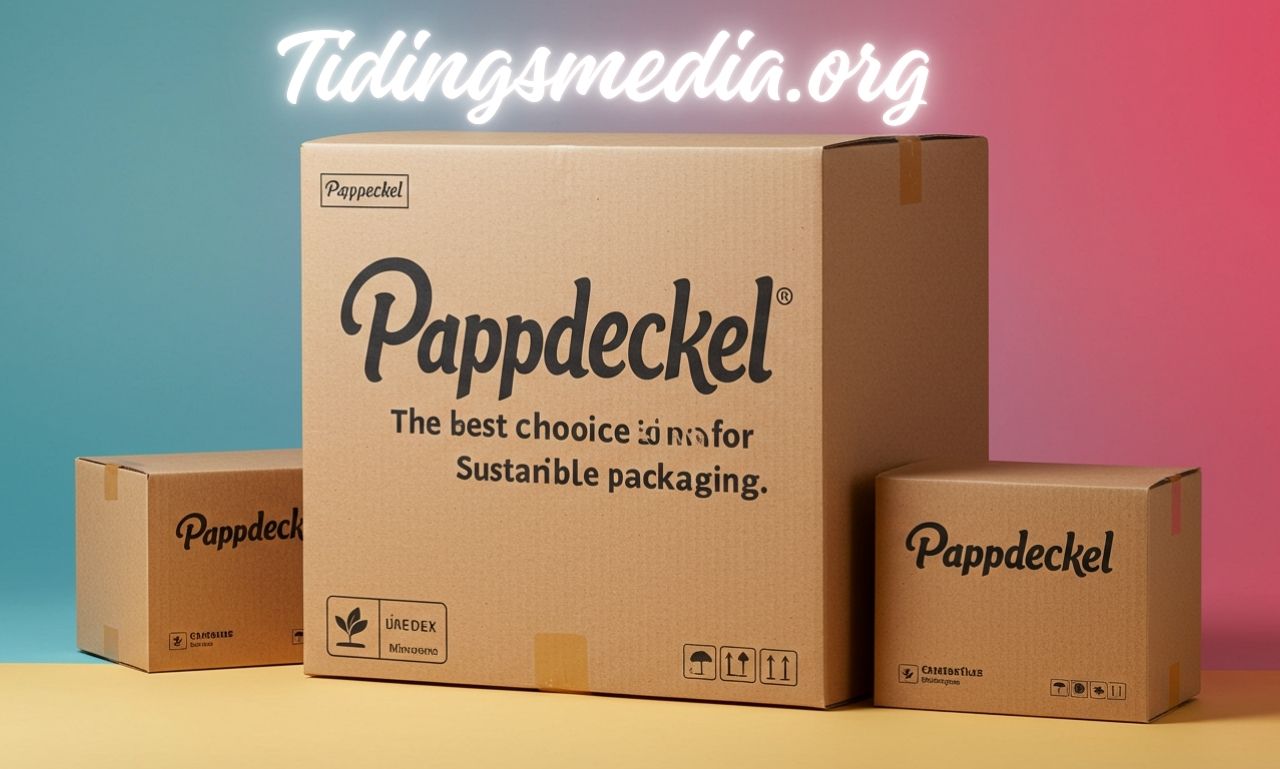Building a website today goes beyond selecting a sleek design—it’s about choosing the right combination of technologies that support your goals, performance, and user experience. When it comes to choosing the right tech stack for your business website, your decision directly affects speed, scalability, security, and ease of future development. If you’re planning on incorporating advanced features like a website builder with booking system, making the right tech choices from day one is even more essential.
Let’s walk through everything you need to know so you can confidently select the best technologies for your business’s online presence.
What is a Tech Stack?
A tech stack refers to the combination of programming languages, frameworks, tools, and software used to develop a website or application. It’s generally broken into two major parts:
1. Front-End (Client Side)
This is everything your users interact with directly—design, layout, fonts, colors, and user interface behavior. Popular technologies include:
- HTML, CSS, JavaScript – The foundational trio of any website.
- Frameworks like React, Angular, and Vue.js – Provide interactivity and streamlined code.
- Responsive design tools – Bootstrap or Tailwind CSS to optimize for mobile and desktop.
2. Back-End (Server Side)
This is where data processing, storage, and logic happen. It powers your front-end and ensures your website functions properly.
- Programming languages like Python, PHP, Ruby, or Node.js
- Frameworks like Express.js (Node), Django (Python), Laravel (PHP)
- Databases like MySQL, PostgreSQL, MongoDB
Why Your Tech Stack Choice Matters
Performance and Speed
Choosing lightweight and modern frameworks can significantly boost your site’s loading time. A well-optimized stack reduces lag and improves user retention.
Security
Some tech stacks offer built-in security features and active community support for faster vulnerability patches. This is critical for protecting user data.
Scalability
Planning to grow? Opt for scalable frameworks and modular architecture that support adding new features or increased user traffic without rebuilding the entire site.
Developer Ecosystem
Certain stacks have larger communities, meaning better documentation, third-party tools, and ease of hiring skilled developers.
Key Considerations When Choosing a Tech Stack
1. Business Type and Goals
An e-commerce site may need a different stack than a personal blog or portfolio. Consider:
- Need for real-time updates (like live chat)
- Integration with payment gateways
- Data processing and analytics
- Frequent content updates
2. Budget Constraints
Open-source tools like WordPress, Laravel, and React offer high functionality without licensing fees. However, enterprise-level tools may require more investment.
3. Developer Availability
Choose a stack with a large pool of developers to avoid long-term hiring issues or high costs. React and Node.js, for instance, have massive talent availability.
4. Maintenance and Updates
Pick technologies with long-term support and active communities. This ensures your site remains functional and secure over time.
Popular Tech Stack Combinations for Business Websites
Here are a few common combinations depending on project scale and goal:
| Stack Name | Front-End | Back-End | Database | Best For |
| LAMP | HTML/CSS, JS | PHP | MySQL | Small business, blogs |
| MEAN | Angular | Node.js, Express.js | MongoDB | Scalable, dynamic apps |
| MERN | React | Node.js, Express.js | MongoDB | Interactive UIs, startups |
| JAMstack | Static Site Generators (e.g., Gatsby) | APIs (headless CMS) | NoSQL/Serverless | High performance, SEO-focused sites |
Tech Stack for Small Business Websites
Small businesses often require:
- Fast development time
- Affordable setup
- Easy-to-manage content systems
A MERN or LAMP stack usually fits best. You can also use platforms like WordPress with custom PHP development or explore low-code tools if customization needs are minimal.
Here’s where Website Digitals once made the mistake of choosing outdated plugins and a sluggish back-end, which they later had to overhaul entirely—a costly lesson.
Tips to Future-Proof Your Tech Stack
- Opt for modularity – Choose components that can be swapped out or upgraded individually.
- Prioritize APIs – Use tech that integrates easily with third-party tools.
- Document your build – Keep track of your stack and update cycles.
- Stay up-to-date – Technologies evolve fast; subscribe to developer news or follow GitHub communities.
FAQs
1. What is the most beginner-friendly tech stack for small businesses?
LAMP stack is widely recommended due to its simplicity, large community, and affordability. Platforms like WordPress also make it easier for non-tech users.
2. Is a custom tech stack better than using a CMS like WordPress?
It depends on your goals. Custom stacks offer flexibility and performance, while CMS platforms provide faster setup and content control.
3. How do I know if my tech stack is scalable?
Check if it supports microservices, modular architecture, and database scaling. Tools like Kubernetes also aid in scaling efficiently.
4. What should I avoid when picking a tech stack?
Avoid outdated or unsupported technologies, over-engineering, and ignoring long-term maintenance requirements.
5. Can I mix technologies from different stacks?
Yes! Many modern sites combine technologies (e.g., React front-end with a Django back-end) for optimal performance and customization.
6. How often should I update my tech stack?
While there’s no strict timeline, review your tech stack annually. Updates depend on security patches, feature needs, and technology lifecycles.
Final Thoughts
Choosing the right tech stack for your business website is like laying the foundation of a building—it affects every floor you’ll add later. Think of your current goals, future growth, available talent, and your budget. While the perfect stack doesn’t exist for everyone, a well-researched one sets your business up for smooth scaling and success.
Whether you’re coding it yourself or hiring a dev team, make sure your stack is flexible, secure, and up-to-date.










